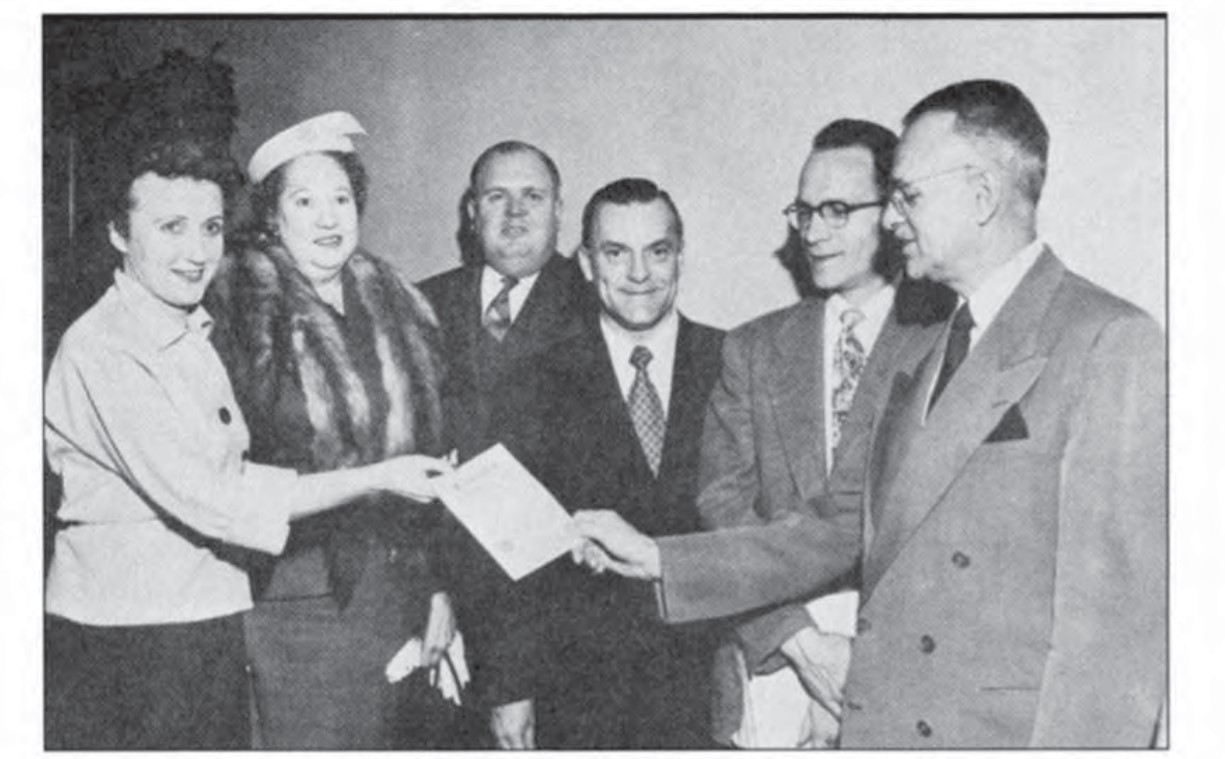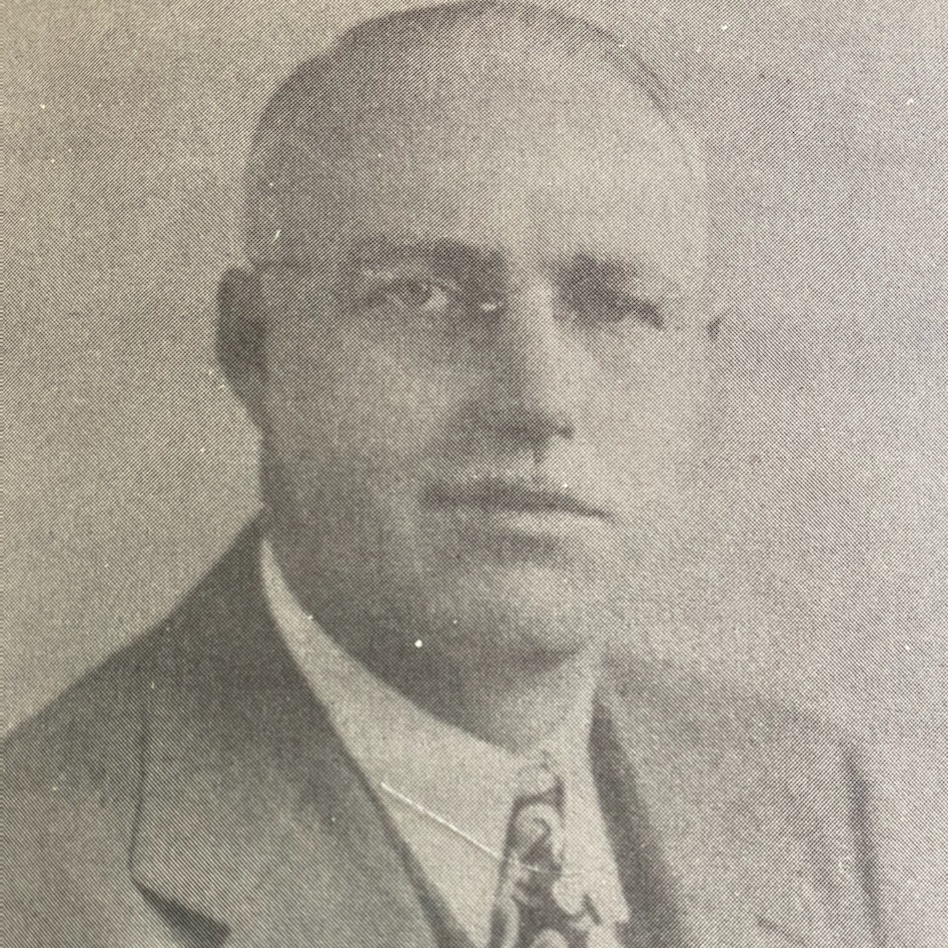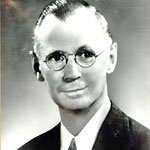The formation of chapters in the early years of the American Association of Hospital Accountants (AAHA), which eventually would become HFMA, was not an event — it was a process, with the Illinois Chapter leading the way in October 1948. And that process unfolded over many years.
In response to the Illinois Chapter’s bold step, the AAHA’s leaders recognized the need to draw up rules and guidelines governing Chapters and how they could be formed. Frederick T. Muncie, the Association’s national president, announced, “While a formal article of organization was not drawn up, it was agreed by acclamation that the charter and bylaws of the AAHA would govern the actions of the chapter, and memberships in AAHA would be a prerequisite for membership in the chapter.”
How different HFMA’s history might have been had it not been for that simple decision!
The following notice appeared in the November 1948 issue of Hospital Accounting:
The officers-elect were very interested in the formation of chapters after hearing of the success in Chicago . . . In order to promote the formation of Chapters, it was agreed that any group of 10 or more could form a chapter of the national organization and that for a six-month period ending June 30, 1949, the association would waive the application fee.
It was decided chapters had to meet no less then four times per year, and notices in advance of meetings had to be submitted for listing in Hospital Accounting’s news bulletin.
In the February-March 1949 issue of the journal, AAHA’s secretary-treasurer, William G. Follmer announced in his column, “At a recent meeting of the Northwest Pennsylvania Accountants, it was unanimously approved that this group be affiliated with the AAHA as a chapter.”
That decision gave the Northwestern Pennsylvania Chapter the distinction of being the second to elect to become a Chapter of the Association. But because the group did not meet all the requirements to become a Chapter, it had to wait to complete its charter, and the distinction of actually being second fell to Wisconsin, which finalized its charter in Sept. 26, 1950. Nonetheless, Hospital Accounting included a notice that the Northwestern Pennsylvania Chapter was already holding meetings as a Chapter (if only in spirit) as early as Aug. 25, 1949.
Follmer also queried in his earlier column, “Who will be the third chapter?”
That distinction belongs to the Northeastern Pennsylvania Chapter, which finalized its charter on May 5, 1951.

Tragedy strikes a young association

On Dec. 21, 1950, while returning from a field assignment, William G. Follmer died in a crash on an icy highway near Wind Gap, Pennsylvania. Follmer was instrumental in launching the AAHA, having written the initial letter outlining a plan for realizing its vision.
A tribute in the January 1951 issue of Hospital Accounting stated:
“No one can appreciate the amount of evening and weekend time that Bill Follmer gave in his efforts to bring to fruition a dream first expressed in Bloomington in 1944 … in men’s memories there stands out a name of one person more responsible than any other for translating an idea of organized effort into reality. Bill Follmer created AAHA.”
William G. Follmer was credited with realizing the dream of AAHA.
Did you know?

The October 1948 issue of Hospital Accounting saw the publication of a 17-page treatise on “Cash receipts and accounts receivable procedures” by Robert H. Reeves, consulting accountant for the Rochester Hospital Council, Inc., Rochester, New York. Reeves, who was one of the most prolific contributors to the journal in its early years, would go on to become an associate editor for the journal from February 1950 to 1953, serving in that position with Sister Mary Gerald under editor-in-chief Charles Mehler, who also was AAHA president in 1949.
Reeves would fill many roles with the AAHA over the years, eventually becoming the Association’s president in 1956. Here are a few of his accomplishments as AAHA president:
- Appointed the first board of examiners for the Fellowship examination in 1956
- Created an annual chapter competition with an award to be named after Graham L. Davis, having obtained Davis’ permission to name the award after him
- Conceived of and was a driving force behind the installation of the William G. Follmer Merit Award





